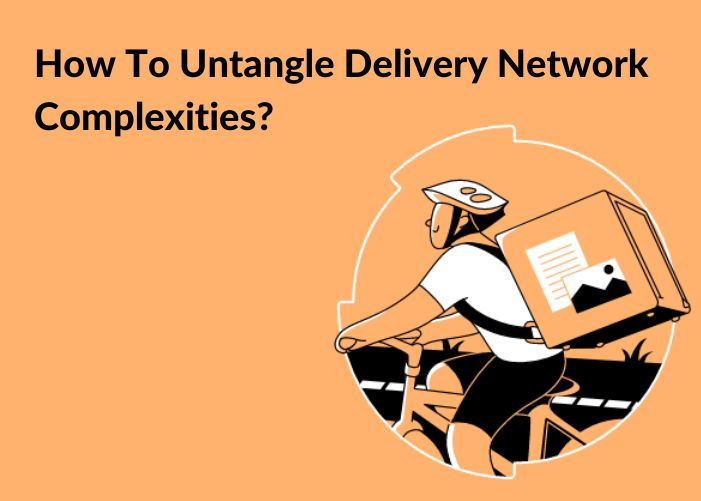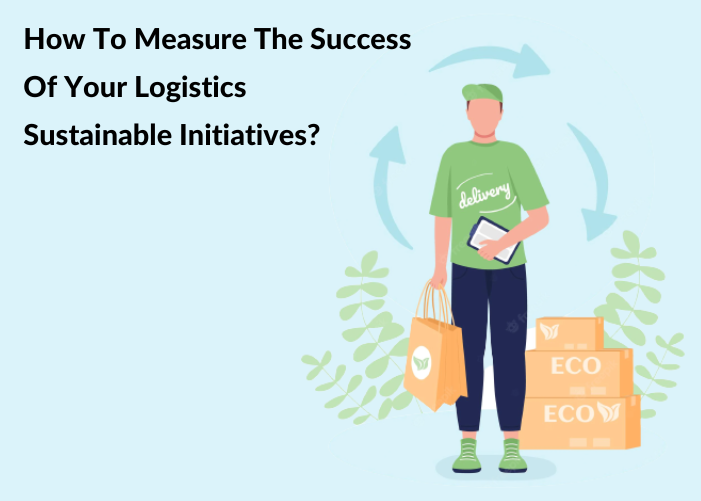1) Last-Mile Delivery: the rapid rise of Artificial Intelligence & Machine Learning
Well, last-mile operations have developed a notoriety of their very own!
And, for good reason, too! It is the most expensive, complex, and toughest part of the supply chain for delivery companies. Obstacles in the last mile – including delivery schedules, traffic congestion, customer delivery windows, managing delays, completing on-site interaction, parcel delivery, and collecting proof-of-delivery – are amplified due to the (sheer frantic!) nature of the beast and are the most challenging to overcome.
Now, the increased usage of modern technologies like AI and ML are providing solutions to the numerous challenges that logistics companies encounter every day in executing their last-mile deliveries.
But, it can be easier said than done for such companies. The scope and operations of the last mile are so vast and include so many factors that are constantly changing from one moment to another, thereby throwing off earlier plans and requiring re-planning to tackle fresh challenges, that identifying the type of innovation, technology, or software that the business needs is not an easy task.
The process of automating logistics operations and using software to improve performance isn’t new. Earlier however, while businesses mostly automated the transaction processes, the arrival of last mile delivery software equipped with robust data analytics, AI, and ML has enabled a quantum leap in improving the efficacy of last-mile solutions.
~~ The advent of modern, AI-led delivery software is among the most significant innovations in logistics and distribution. Delivery efficiency, route-optimization, transparency, and minimized costs have revolutionized last-mile operations. As a result, business productivity and customer satisfaction are touching new highs ~~
Today’s delivery software analyzes endless data points, often received in real-time from various points of the supply chain and delivery process, to come up with an optimal solution to the numerous problems that exist. Both, at an individual level (e.g. meeting customer delivery window) as well as the overall levels (e.g. maximizing drops per route, or minimizing fuel cost)
The purpose of this blog is to look at the popular areas of AI and ML deployment that are (will) making improvements for logistics and delivery companies:
2) Some key areas in delivery software that AI/ML are improving
Modern delivery software is a powerful tool! It is equipped with robust algorithms, immense data-crunching capacity, and powerful elements like AI and ML that aid/improve decision-making beyond imagination!
Let us look at some important areas in the supply and logistics sphere where delivery software is improving.
i) Routing Optimization
Perhaps, the single largest benefit of using modern delivery software!
And, equipped with modern features like AI and ML, not to mention robust data-analytic algorithms, today’s delivery software is a must-have tool in your arsenal!
In today’s delivery business, customers have become more demanding, competition is frenetic, and the pressure on margins is immense! Under such a scenario, optimizing your delivery routes and schedules is imperative. If not, you run the risk of inflated operating costs, poor operational efficiency, and dissatisfied customers. The reverse is true as well i.e. by using AI-powered last-mile solutions, you achieve maximum efficiency at a minimal cost. This provides your customer with a deeply satisfying order-fulfillment experience.
Over time, the system will also learn to use input data to meet a maximum number of delivery windows and exploit opportunities better with improved demand prediction.
ii) Business process streamlining
AI is a powerful tool that analyzes data (current, and historical) in coming up with the best solution to business objectives and problems.
With regards to last-mile delivery, AI lists out the most suited carrier for delivery tasks on hand, varying its answers by balancing out the numerous variables that affect each delivery (delivery window, package dimensions, costs, etc.)
As a result, logistics companies can streamline their business processes and resources based on such AI-led suggestions.
iii) Matching geo-location with delivery-data
Locational data, especially in urban areas, is key to understanding the dynamics of routing, deliveries, and logistics.
Numerous factors like traffic patterns, road conditions, and networks, parking spaces, crowd patterns, delivery loads, fleet vehicles (etc.) are responsible for inefficiencies in last-mile deliveries.
However, studying this data in conjunction with details of consumer orders with the help of AI and ML enable delivery companies to extract invaluable insight. This improves decision-making across all the variables that affect delivery and thus has a huge impact on improving delivery efficiency.
Over a period, the software algorithms become accustomed to analyzing the data and start predicting demand and supply patterns, thus helping companies to manage their resources accordingly. It also enables dynamic delivery scheduling and routing.
As a result, delivery companies can lower average costs per drop, reduce mileage and fuel consumption, and improve their percentage of successful deliveries.
iv) Using blockchain
In the past, a common area of disputes between delivery companies and customers has been proof-of-delivery. With paperwork and physical signatures, the problems of misplaced, lost, or soiled receipts were ever problematic. The resultant delays in payment, invoice settlement, and accounting followed.
Modern blockchain technology could create a digital ledger to record each transaction and its history. Since this is easily viewed by all parties concerned, it could potentially help overcome this problem.
Although Blockchain is still in its early stages – and undergoing teething problems and acceptance barriers of its own – it offers the benefits of secure, transparent, and faster transactions.
v) AI drives Customer Satisfaction
From the customer’s perspective, the use of AI in delivery software enables delivery companies to provide them with myriad options.
AI provides customers with more courier options and various price points, while automated shipping gives them more freedom to set up deliveries per their preferences.
With predictive analysis, an AI-led system identifies customer behavioral patterns and makes suggestions. AI-led live tracking solutions allow customers to track their packages across their last-mile journey. Today’s customers like to be “kept in the loop” at all points, you see ☺
Such services encourage the customer to develop a sense of trust for the delivery company and set him along the path of becoming a lifetime customer of the company.
Conclusion: As is evident, the benefits of AI in delivery software are immense, and using one as a core tool in your setup would prevent you from achieving maximum profitability and customer satisfaction.



